Home>Tourism>Tour Hunan>Huaihua>Tourist Attractions
Hongjiang Ancient Commercial Town
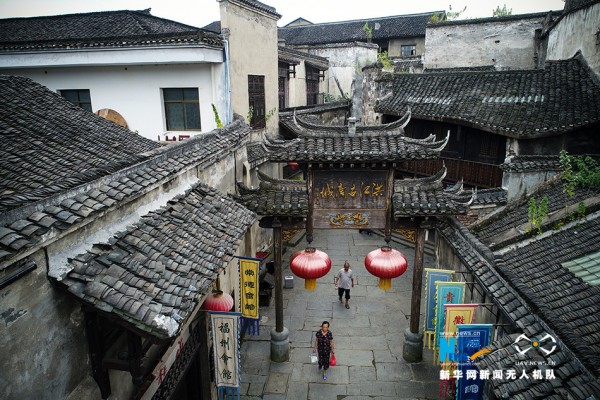
The decorated archway at ‘Hongjiang Ancient Commercial Town’ was wood-timber structured. It has gable and hip roofs with double eaves. (Photo by Qin Xin, xinhuanet)
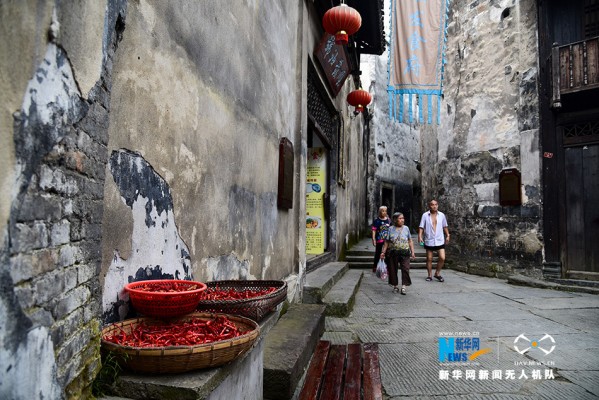
The history of Hongjiang ancient commercial town can be traced back to the Spring and Autumn period (770BC-476BC). It was taken shape in the most prosperous period of the Tang Dynasty (713-766) and prospered in the Ming and Qing Dynasties. Although the past glorious time of the millennium-old ancient town has gone, the old buildings and bluestone roads were left intact. The originally-settled residents enjoy their lives here very much. (Photo by Qin Xin, xinhuanet)
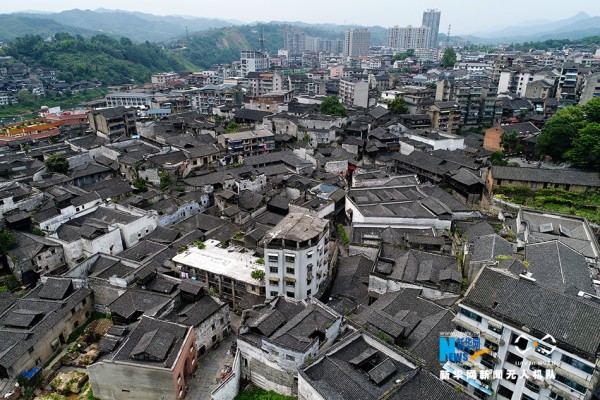
The Beijing-style courtyard-like buildings in the town were mostly built in the late Ming and early Qing Dynasties. They have grey tiles, gray walls and upturned eaves. And they are all arch-shaped and rake-angled. (Photo by Qin Xin, xinhuanet)

Walking up along the alley between Sichuan Guild Hall and Xunba General Administration, you will find the Bank of Hunan and Mobil Bank. (Photo by Qin Xin, xinhuanet)
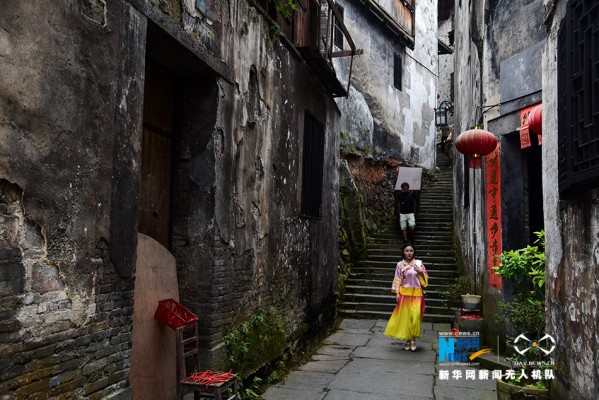
Bluestone roads and stone stairs wind their way among the alleys in this ancient town. The plaques, stone carvings and inscriptions made during Qing Dynasty to the Republic of China era can be seen everywhere. Moreover, there are delicately-designed jars in different styles for fire prevention. (Photo by Qin Xin, xinhuanet)
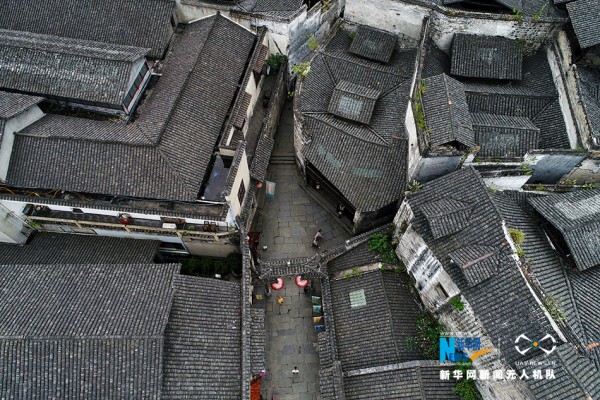
The complex in the town were all arranged on the basis of the Chinese character ‘Jing’ pattern. A unique layout was presented. (Photo by Qin Xin, xinhuanet)
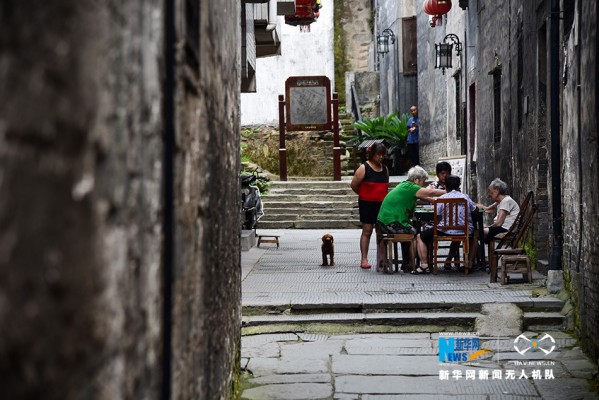
Now, the permanent residents living here are the descendants of the originally-settled ones. They have been keeping the traditional way of living. While walking in the town, you can easily feel a life full of vigor. (Photo by Qin Xin, xinhuanet)
The Hongjiang ancient commercial town is a characteristic scenic spot in China's Hunan Province. The town boasts more than 380 intact ancient structures erected during the Ming and Qing Dynasties, covering an area of 100,000 square meters. The buildings endured the ages with some wear, but they remain vivid reminders of the luxurious lifestyle of wealthy merchants.
Hongjiang took shape in the Tang Dynasty (AD 618-907) and flourished in the Ming (1368-1644) and Qing (1644-1911) dynasties.
It once served as the assembly and distribution center for various commodities - including oil, logs, opium and white wax - for seven nearby provinces and regions due to its location at the confluence of the Wushui and Yuanshui rivers.
In the town, a grand and graceful fresco was found not long before. It is in the form of Character "Fu" (means "Fortune" in Chinese) which is composed by such animal paintings as magpies, red-crowned cranes, sika deer, and tortoises. The unparalleled fresco embodies a rosy prospect of "Hongfuqitian" (an idiom means being supremely fortunate, with a homophone of "Hong" as Hongjiang in the first word) with five implications of fortune, promotion, longevity, happiness, and wealth in the form of animal paintings. The fresco's creation is exclusive to Hongjiang Ancient Commercial Town, and is unique in the whole country.
Chinese source: Xinhua

